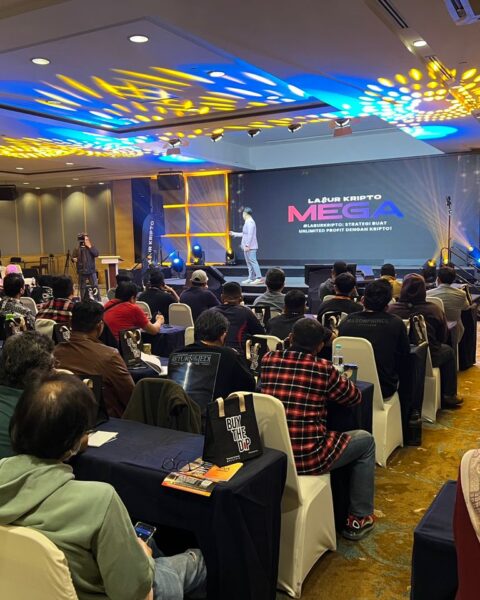Nodes play a critical role in the Bitcoin network. Imagine them as ‘guardians,’ constantly monitoring the Bitcoin blockchain to distinguish between legitimate and illegitimate Bitcoin transactions. Their primary responsibility is to prevent attempts to spend bitcoins that have already been spent elsewhere.
Related article | Crypto News: A Weekly Review
What exactly is a ‘full node’?
Although the terms “node” and “full node” are frequently used interchangeably, there is a distinction between the two.
“A full node is a program that fully validates transactions and blocks,” according to Bitcoin Core documentation. Mostly all full nodes already contribute to the network by receiving transactions and blocks from other full nodes, validating one another, and relaying them to other full nodes.”
What exactly is a ‘light node,’ and how does it work?
Light nodes, also known as “lightweight nodes,” rely on full nodes to function. Since they only download blockheaders from the Bitcoin blockchain and do not store the complete blockchain, they take extensive less download and storage capacity than full nodes. Their sole responsibility is to verify blockchain transactions using simplified payment verification (SPV).
In the blockchain, there is consensus.
In a decentralized network, the consensus is defined by the rules that govern the network and confirm the validity of the information contained in the blocks. Full nodes’ main tasks include maintaining consensus among nodes, verifying transactions, and voting on proposals.
Full node classifications
The pruned full node, which downloads blocks from the beginning of the chain until it reaches a certain limit and then deletes the oldest blocks, is one type of full node. It is referred to as a “pruned” node because the decision tree’s subtree has been removed, resulting in the pruned node taking up less space on the hard drive.
However, archival full nodes host the entire blockchain and require significantly more hard-drive space than the pruned full node. There are several subcategories of archival nodes.
Additional archival full node division
Mining nodes, staking nodes, and authority nodes are examples of archival full nodes. Masternodes are yet another type of node.
Nodes for Mining
These nodes, also known as miners, solve complex cryptographic puzzles in a process known as “mining.” Each miner strives to be the first node to create a new block in the blockchain and to demonstrate that it is the one who has completed the necessary work (hence Proof of Work). A new block is added to the existing blockchain after the entire network has verified a transaction, and the miner is rewarded.
Satoshi used the term “node” as a synonym for “miner” in the Bitcoin whitepaper, but these two definitions have diverged slightly over time. “Miners,” who are technical “nodes,” use specialized ASIC hardware to add blocks to the Bitcoin blockchain in exchange for rewards. ASIC stands for “application-specific integrated circuits,” which are designed for a specific purpose, such as Bitcoin mining.
Nodes for Staking
Proof of Stake is the consensus principle that underpins the validation of staking node transactions. Stakers must hold a certain amount of coins in order to participate in the creation, approval, and validation of blocks. Staking algorithms consider time in the blockchain, the total number of stakers in the blockchain, and a random factor in determining who validates a block, in addition to invested coins.
Authority Nodes
Proof of Authority is another consensus model that is more common in private chain setups. The blockchain’s “authorities” are nodes that are responsible for creating and validating new blocks. Validation requires the approval of the majority of authorities.
Masternodes
Last but not least, masternodes are a type of full node. Masternodes, in addition to storing the entire blockchain and validating transactions, stabilize and secure their entire ecosystem and may provide services such as private transactions, instant transactions, treasury management and funding, and governance voting.
Related article | Bitcoin & Ethereum Market Overview 14/3/22
Are you ready to dive into crypto?
Join us for more updates: Facebook | Telegram | Linkedin | Twitter
MX Global– Built in Malaysia for Malaysians
DISCLAIMER:
Any opinions, news, research, analyses, prices, or other information discussed in this presentation or linked to from this presentation are provided as general market commentary and do not constitute investment advice.
MX Global Team does not accept liability for any loss or damage, including without limitation to, any loss of profit, which may arise directly or indirectly from the use of or reliance on such information.









